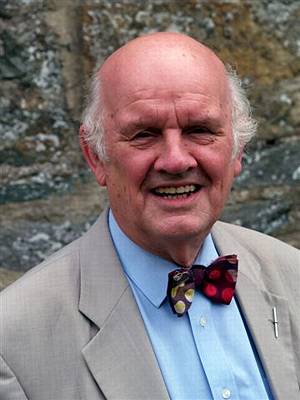|
<< -- 2 -- Malcolm Miller ENGAGING AND COLOURFUL

Earlier we heard the contrasting Op 27 sonatas, beautifully controlled and shaded with luminescent tone. The E flat sonata flowed with a sense of inner repose and conviction, the lilting calm of the first subject contrasted by ebullience in the central arpeggio section. The mystery and delicacy of the Scherzo's dialogue of high and low arpeggios was highlighted in the caressing emphases, contrasted by a pointed Trio. A rich warm tone in the slow movement melody created a beguiling, artfully shaped phrase, aptly preparing the effervescent and punchy fugal finale, in which the cyclic return of the slow movement's theme underlines the proto-Romanticism of this work which echoes that of its companion sonata, the Moonlight. Here the intensity of touch and rhythmic control enabled the music to speak through its dark harmonies and dissonances, the sparseness of its textures, with the flowing arpeggios providing a romantic backdrop. After the elegant minuet, the finale's explosive power was unleashed with impressive panache and energy.

Bernard Roberts
|
The climax of the concert was Bernard Roberts' eloquent and riveting interpretation of Schubert's great B flat sonata, in which the expansive canvas of the work, particularly in contrast to the earlier Beethoven, emerged with impressive detail and control. The slightly emotional detachment made for a classical interpretation of this work in which everything was in place, with a powerful effect arising from the accumulation of expressive gesture as in the dramatic first movement with its antimony of melodic motif and ominous bass trill, and the Andante sostenuto, where the dramatic switch from minor to major as the plangent theme resists despair and turns to the warmer affirmation of hope takes place over the steady rhythmic framework of the ostinato octaves. The crystalline textures in the Scherzo delicately pointed in the upper registers, flowed easefully into the rhythmic polyphony of sinewy octave counterpoints in the trio, while attention was arrested with the finale's call to attention, so reminiscent of the Trout Quintet, a single note which propels the main urgent theme, that transforms rapidly into its dance-like variant, poised between major and minor, a characteristic doppelganger effect. Bernard Roberts has an ability to make one hear fresh details in a familiar piece, and his recital helped explain his reputation as one of Britain's leading interpreters of Romantic and modern piano music. With the Glenilla Arts Foundation series now in the planning for next season, one hopes for another chance to hear him soon again.
|

